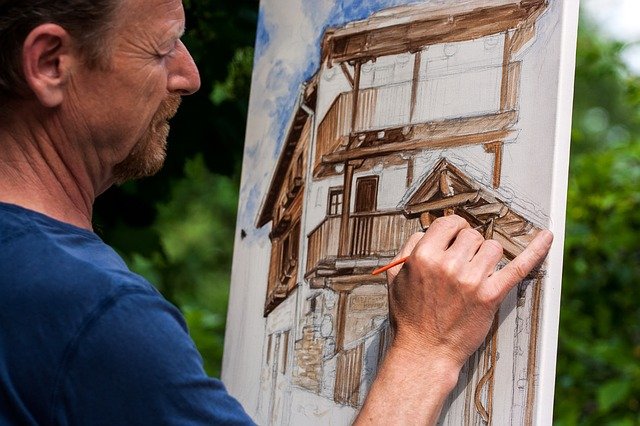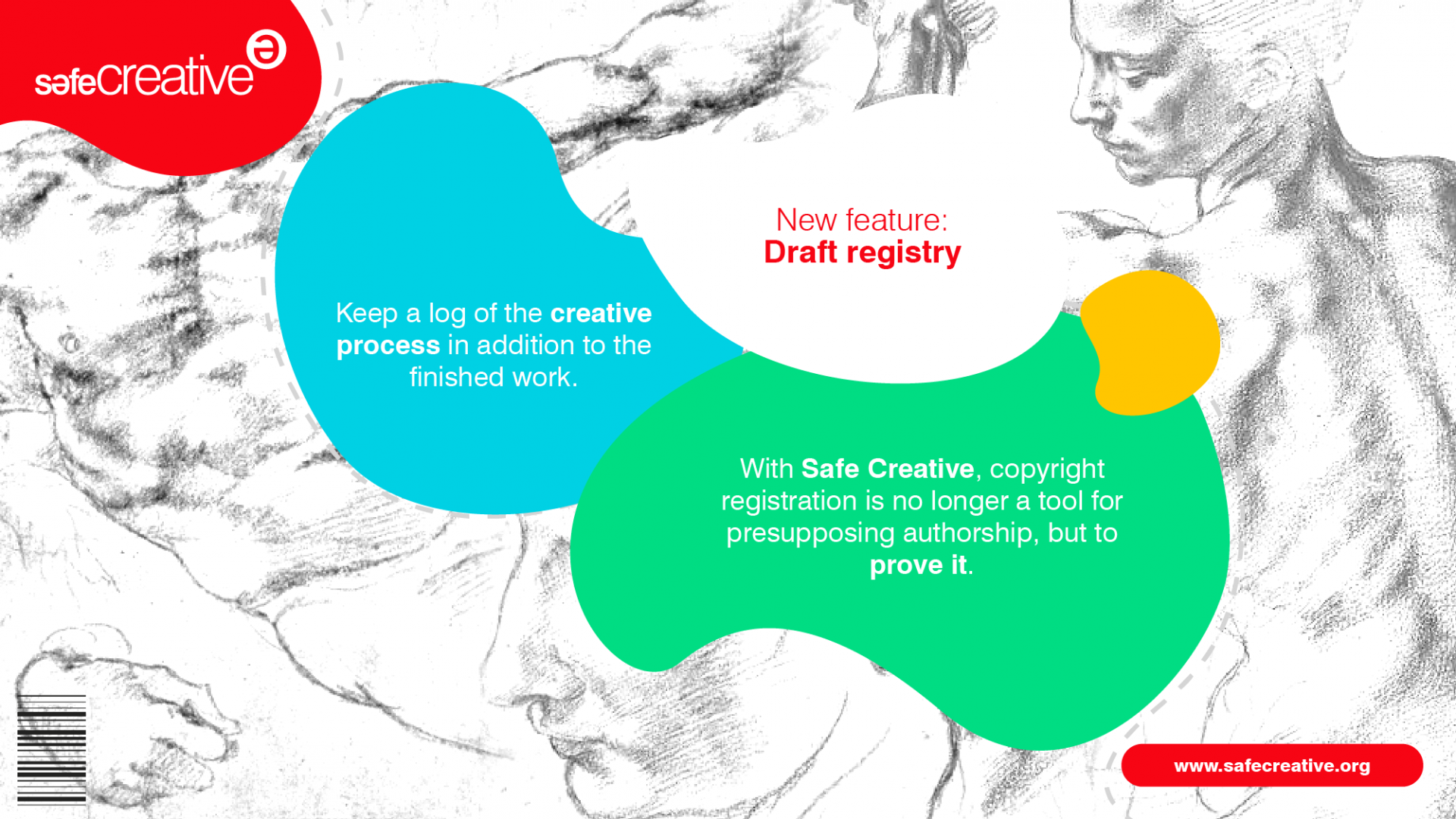
Prove your authorship with the creative process certificate
Tradition often makes us forget that old concepts can and should be questioned.
The digital reality posed serious challenges to traditional national registries. The Internet required immediate accessibility and validity beyond the local or national scope of each registry. The launch of Safe Creative responded to these challenges. We provide technology as an alternative to the administrative procedures of local registries.
However, we continued to base the declaration of authorship on the finished work. Why, if technology allows the author to record his declaration of authorship with temporal traceability of all the notes, sketches, parts that he wishes to provide to support this claim? Analog registration services do not go beyond the finished work. Their procedures make it unfeasible to handle drafts provided throughout the creative process.
Safe Creative breaks this limitation. It is now possible to reinforce the proof of authorship with the contribution of ideas, notes, sketches, intermediate parts of the work. The function of intellectual property registration changes radically. It is no longer a tool to presuppose authorship, but to prove it.
The creative process
The concept of creative process usually varies among people and types of creations. We refer to everything that is done and that contributes directly or indirectly to the creation of a finished work. The finished work is one that can finally be shown, published, shown to others.
During this period, which goes from the moment we have the idea until we finally have the finished work, abundant material is generated. This period sees the birth of sketches, drafts, early versions. Often, versions that are shared or shown in part or in full to others.
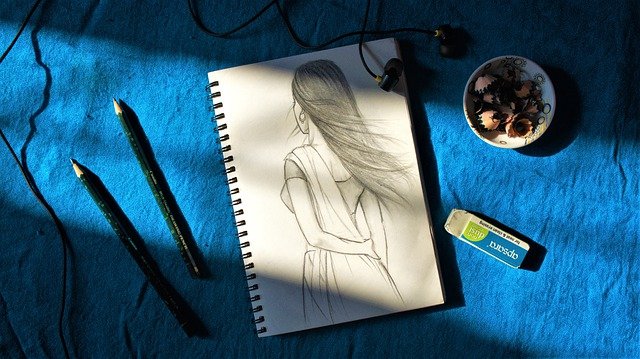
Let’s imagine a song, which first has a humming and basic lyrics. It evolves, the idea is shared with other people to see if they like it or not. Over time a very rudimentary version is born, perhaps played with a single instrument, without arrangements. Then it evolves until, after many versions and twists and turns, it reaches a professional work that will be shown publicly.
A multitude of files have been generated, intermediate works that are part of the history of the final work.
The proof of authorship is stronger if the drafts prior to the registration of the finished work are consistent.
In the case of a copyright dispute, what is traditionally compared is the finished work. Each party has to prove that it had the finished work in its possession before the other. Whoever has registered before, has a presumption of authorship. But it would not be the first time that this is not enough nor is it a guarantee.
What happens in cases where someone has created a work that is very similar to another’s and in a genuine way, even unconsciously because of having had early contact with some version of the other’s work?
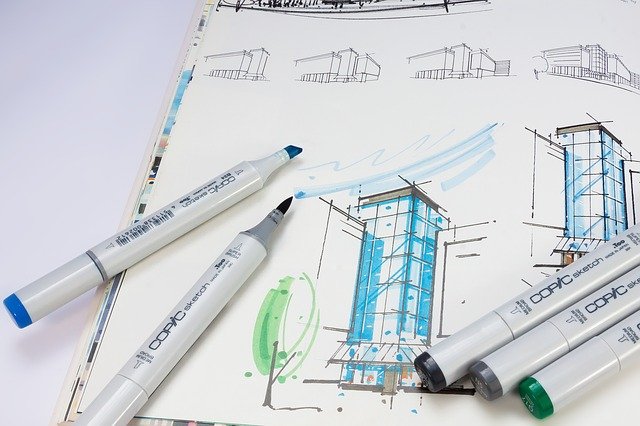
It is questionable to prove authorship only with the finished work.
The tribunals and arbitrations will take as reference further evidence, such as drafts, sketches, phases of the work together with the approximate dates of their birth.
The registration of the finished work together with that of the sketches and parts that make it possible to trace its creative process reinforces the presumption of ownership to the extent of reliably demonstrating who actually created a work.
Draft Registration
At Safe Creative we have been witnessing the creation of unfinished works as an intervening third party for some time. It has always seemed important to us that it would be possible to register, for example, partial versions of books as chapters are added. If you think about it, this makes perfect sense. Many writers, for example, publish their novels in chapters. The same goes for music, although at a different level, and perhaps less so for photography.

No you can create evidentiary elements of everything that you consider necessary. Any preliminary stage to the final work. An idea of an argument, a first version that is discarded, some uncorrected texts, an incomplete article. Everything adds up and with the time stamp, the file provided, and our redundant elements we build a series of evidential elements that will be consistent with the final product. These recorded phases, drafts, sketches, with their time stamps, will reinforce in a logical, cumulative and simple way the final record of the first version of the finished work. It will no longer be so much the one who registers the work first who will necessarily win in case of conflict. The court or arbitration will have more and better elements to make an informed decision.
How does it work?
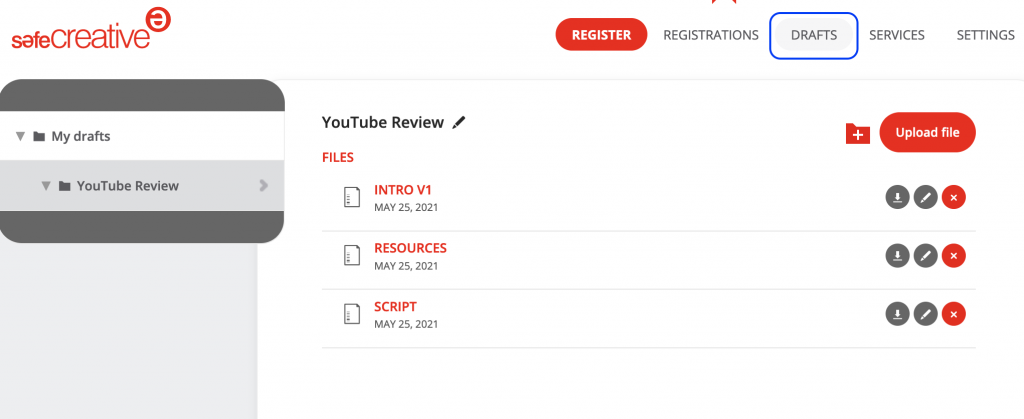
Safe Creative advanced accounts have a new tab called “Drafts“. In it, using folders, you can add elements of the different creative phases of one or several work projects. Once the work is registered, we can link from the “Creative Process” tab, the drafts that were uploaded at the time, either one by one, a complete folder or several folders.
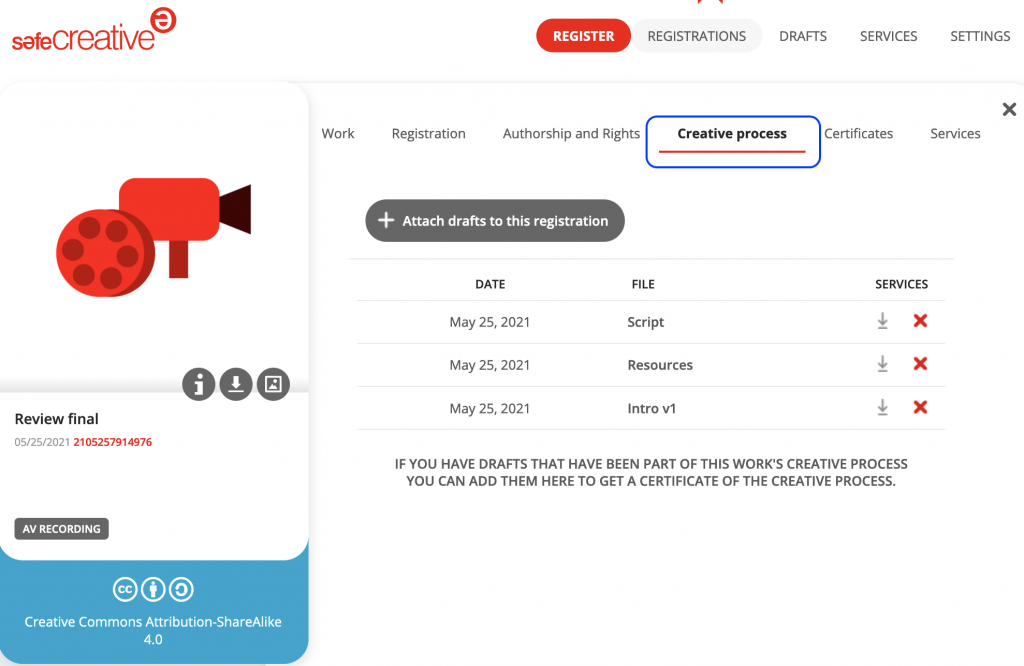
Each time you upload a draft, it is stamped, creating digital evidences of that moment and file. This creates a chain of evidence that complements and reinforces the final registration.
In addition to the certificate of registration of the work, you can have the new certificate of the creative process. The proof containing all the draft files provided with the technological elements that prove their integrity and date of registration.

